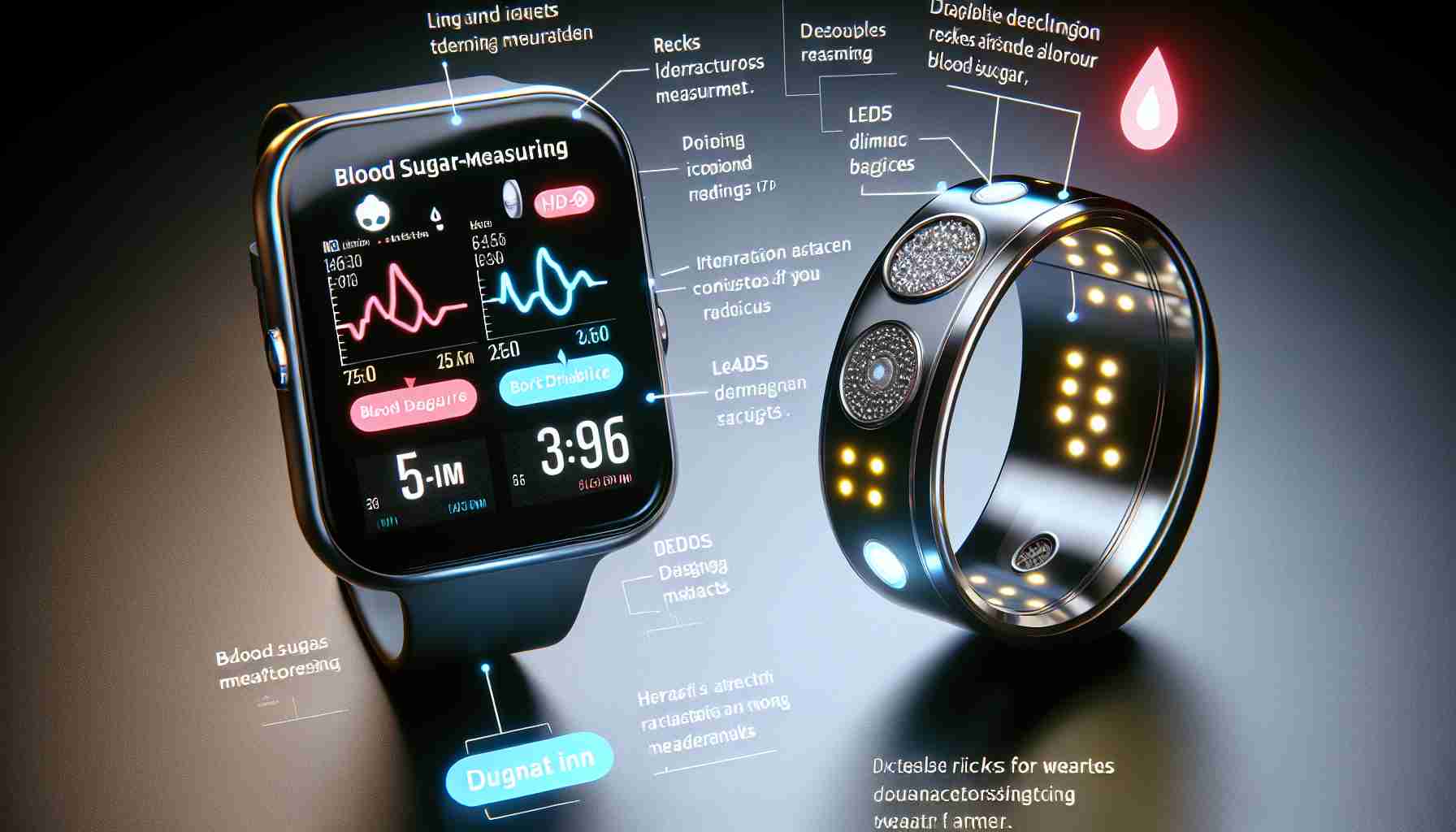Smartwatches and rings claiming to measure blood sugar levels without piercing the skin are raising concerns over their safety, the U.S. Food and Drug Administration (FDA) warned recently. The FDA stated that these devices, regardless of brand, pose a potential risk and have not been authorized by the agency for medical purposes.
While there are smartwatch apps that connect to sensors, such as continuous glucose monitoring systems approved for measuring blood sugar directly, the FDA’s warning specifically targets noninvasive devices. This caution is crucial, considering that approximately 37 million Americans are living with diabetes, a condition that affects their ability to regulate blood sugar effectively.
Using unapproved smartwatches and smart rings to measure blood sugar levels can lead to inaccurate readings, which could have potentially devastating consequences, according to Dr. Robert Gabbay of the American Diabetes Association. Incorrect measurements may result in patients taking incorrect doses of medication, potentially leading to dangerous fluctuations in blood sugar levels and even life-threatening situations like mental confusion, coma, or death.
Although several companies are actively working on developing noninvasive blood sugar-measuring devices, none have achieved FDA approval due to accuracy and security concerns. According to Dr. David Klonoff, a diabetes technology researcher, the current technology utilized in smartwatches and rings to measure other metrics like heart rate and blood oxygen is not precise enough for blood sugar measurement. Additionally, efforts to measure blood sugar in bodily fluids such as tears, sweat, and saliva are not yet reliable for widespread use.
For individuals seeking accurate blood sugar measurements, FDA-approved blood glucose monitors available in pharmacies provide a reliable alternative. The FDA clearance ensures their accuracy, making them a safer choice compared to non-authorized devices.
In conclusion, the FDA’s warning serves as a reminder of the potential risks associated with using unapproved smartwatches and rings to measure blood sugar levels. While noninvasive blood sugar measurement technology is still being developed, relying on FDA-approved devices remains the most reliable and secure method for managing diabetes.
Frequently Asked Questions (FAQ) – Blood Sugar Monitoring Devices
1. What is the concern raised by the FDA regarding smartwatches and rings?
The FDA has warned that smartwatches and rings claiming to measure blood sugar levels without piercing the skin pose a potential risk and have not been authorized for medical purposes.
2. Are there any smartwatch apps approved for measuring blood sugar directly?
Yes, there are smartwatch apps that connect to sensors, such as continuous glucose monitoring systems, which are approved for measuring blood sugar directly. However, the FDA’s warning specifically targets noninvasive devices.
3. Why is caution regarding noninvasive devices important?
The caution is crucial because inaccurate readings from unapproved smartwatches and rings can lead to incorrect doses of medication for diabetic patients. This can result in dangerous fluctuations in blood sugar levels and potentially life-threatening situations.
4. Why haven’t noninvasive blood sugar-measuring devices received FDA approval?
Noninvasive blood sugar-measuring devices have not received FDA approval due to concerns over accuracy and security. The technology used in current smartwatches and rings is not precise enough, and efforts to measure blood sugar in bodily fluids are not yet reliable for widespread use.
5. What alternative is recommended for accurate blood sugar measurements?
For accurate blood sugar measurements, FDA-approved blood glucose monitors available in pharmacies are recommended. These devices have gone through FDA clearance, ensuring their accuracy and making them a safer choice compared to non-authorized devices.
For more information on managing diabetes and blood sugar monitoring, you may visit the American Diabetes Association’s website: American Diabetes Association
The source of the article is from the blog windowsvistamagazine.es
